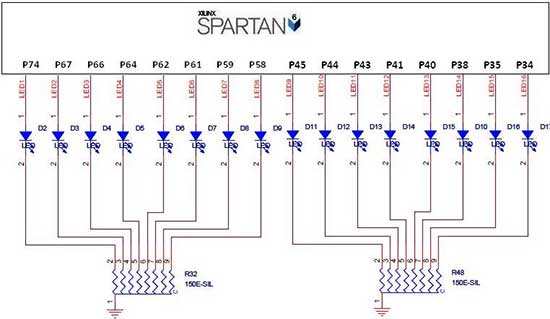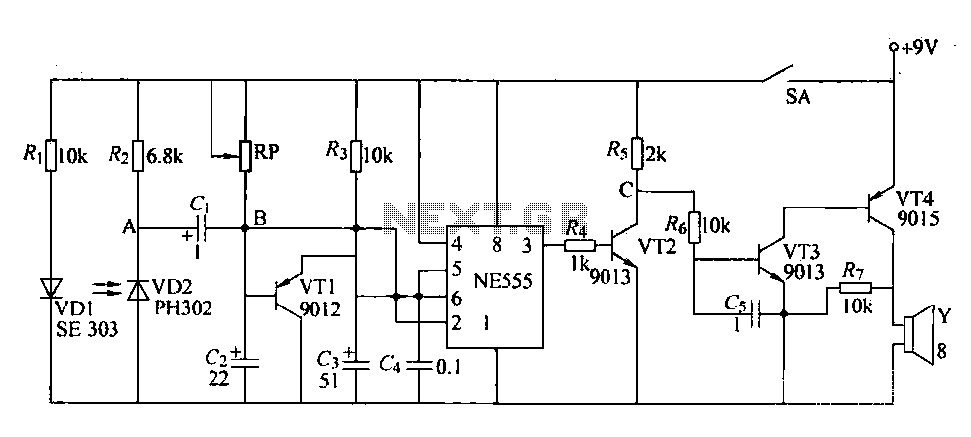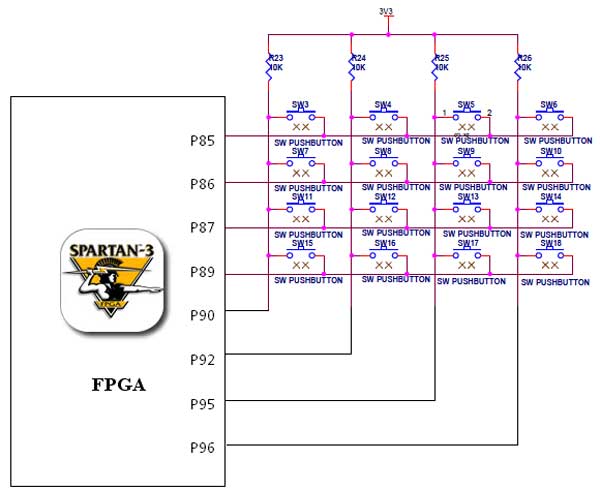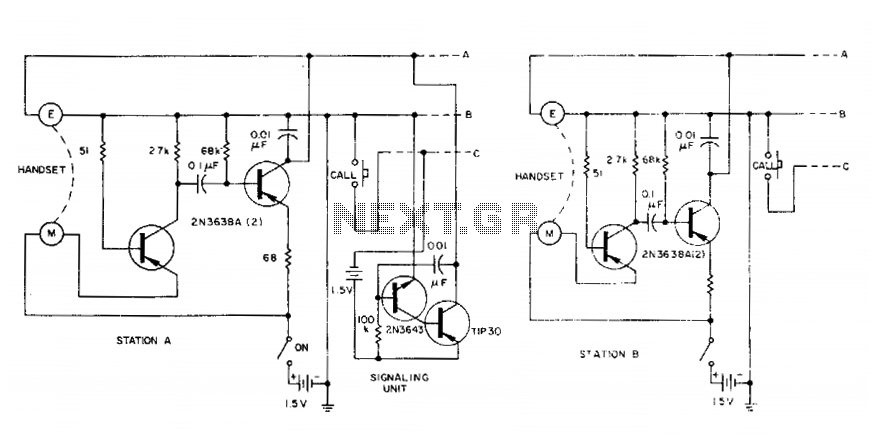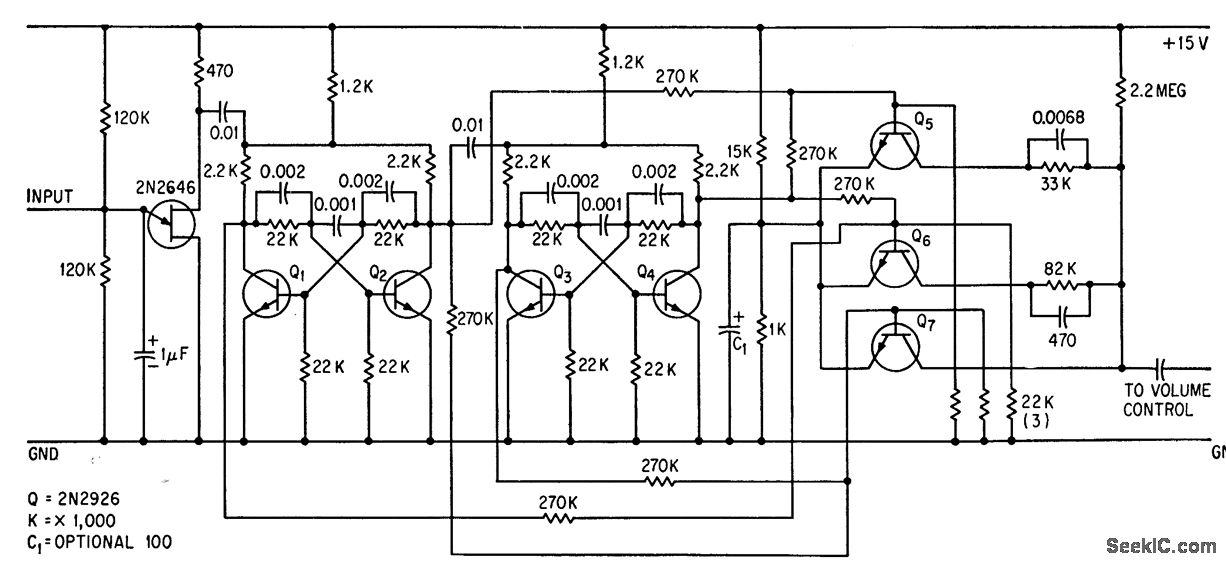
shootout volume 5 paralleling egan fets part 2
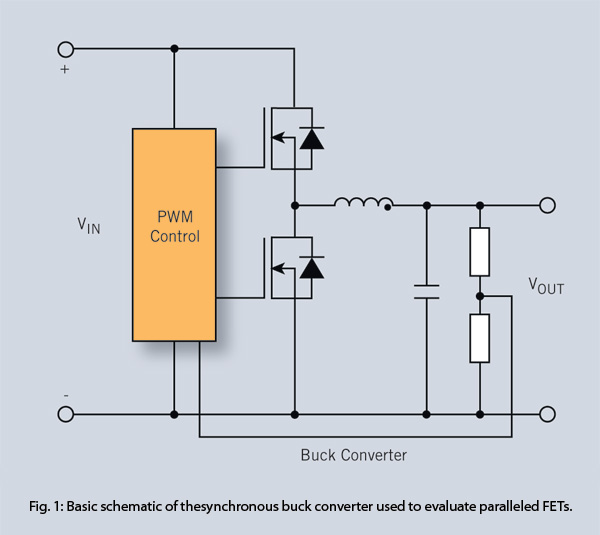
The first part of this two-part article on paralleling eGaN FETs introduced five basic designs that utilized four EPC2001 (100 V, 25 A) paralleled devices per switch in a half-bridge configuration, accompanied by experimental validation. The second part demonstrates a 1 MHz buck converter employing two parallel eGaN FETs, showcasing exceptional performance compared to state-of-the-art silicon devices in a similar circuit.
The design of a buck converter using eGaN FETs highlights the advantages of using gallium nitride (GaN) technology over traditional silicon solutions, particularly in high-frequency applications. The buck converter operates at a switching frequency of 1 MHz, which allows for smaller passive components and improved power density. The use of two parallel EPC2001 devices ensures that the current handling capability is maximized while minimizing the on-resistance and switching losses that typically plague silicon-based designs.
In this configuration, the half-bridge topology is employed, which consists of two switches (the eGaN FETs) and a diode. The parallel arrangement of the FETs not only enhances the overall current capacity but also balances the thermal and electrical characteristics across the devices, leading to improved efficiency and reliability.
The experimental validation of the circuit design demonstrates its effectiveness in achieving high efficiency, low electromagnetic interference (EMI), and excellent thermal performance. The results indicate that the eGaN FETs outperform their silicon counterparts in terms of efficiency at 1 MHz, with lower conduction and switching losses contributing to overall system performance.
Furthermore, the layout of the PCB is critical in high-frequency applications, requiring careful attention to minimize parasitic inductances and capacitances. The design should incorporate short traces, proper grounding techniques, and adequate heat dissipation measures to ensure optimal performance of the eGaN FETs.
In conclusion, the use of parallel eGaN FETs in a 1 MHz buck converter showcases the potential for GaN technology to redefine performance benchmarks in power electronics, particularly in applications demanding high efficiency and compact size. The findings from this study pave the way for further exploration into the capabilities of eGaN devices in advanced power conversion systems.In the first installment of this two-part article on paralleling eGaN FETs, five basic designs, utilizing four EPC2001 (100 V, 25 A) paralleled devices per switch in a half bridge configuration were presented with experimental validation. In this second installment, a 1MHz buck converter is demonstrated using two parallel eGaN FETs with exceptional performance compared, with state-of-the-art silicon devices in a similar circuit..
🔗 External reference
The design of a buck converter using eGaN FETs highlights the advantages of using gallium nitride (GaN) technology over traditional silicon solutions, particularly in high-frequency applications. The buck converter operates at a switching frequency of 1 MHz, which allows for smaller passive components and improved power density. The use of two parallel EPC2001 devices ensures that the current handling capability is maximized while minimizing the on-resistance and switching losses that typically plague silicon-based designs.
In this configuration, the half-bridge topology is employed, which consists of two switches (the eGaN FETs) and a diode. The parallel arrangement of the FETs not only enhances the overall current capacity but also balances the thermal and electrical characteristics across the devices, leading to improved efficiency and reliability.
The experimental validation of the circuit design demonstrates its effectiveness in achieving high efficiency, low electromagnetic interference (EMI), and excellent thermal performance. The results indicate that the eGaN FETs outperform their silicon counterparts in terms of efficiency at 1 MHz, with lower conduction and switching losses contributing to overall system performance.
Furthermore, the layout of the PCB is critical in high-frequency applications, requiring careful attention to minimize parasitic inductances and capacitances. The design should incorporate short traces, proper grounding techniques, and adequate heat dissipation measures to ensure optimal performance of the eGaN FETs.
In conclusion, the use of parallel eGaN FETs in a 1 MHz buck converter showcases the potential for GaN technology to redefine performance benchmarks in power electronics, particularly in applications demanding high efficiency and compact size. The findings from this study pave the way for further exploration into the capabilities of eGaN devices in advanced power conversion systems.In the first installment of this two-part article on paralleling eGaN FETs, five basic designs, utilizing four EPC2001 (100 V, 25 A) paralleled devices per switch in a half bridge configuration were presented with experimental validation. In this second installment, a 1MHz buck converter is demonstrated using two parallel eGaN FETs with exceptional performance compared, with state-of-the-art silicon devices in a similar circuit..
🔗 External reference
